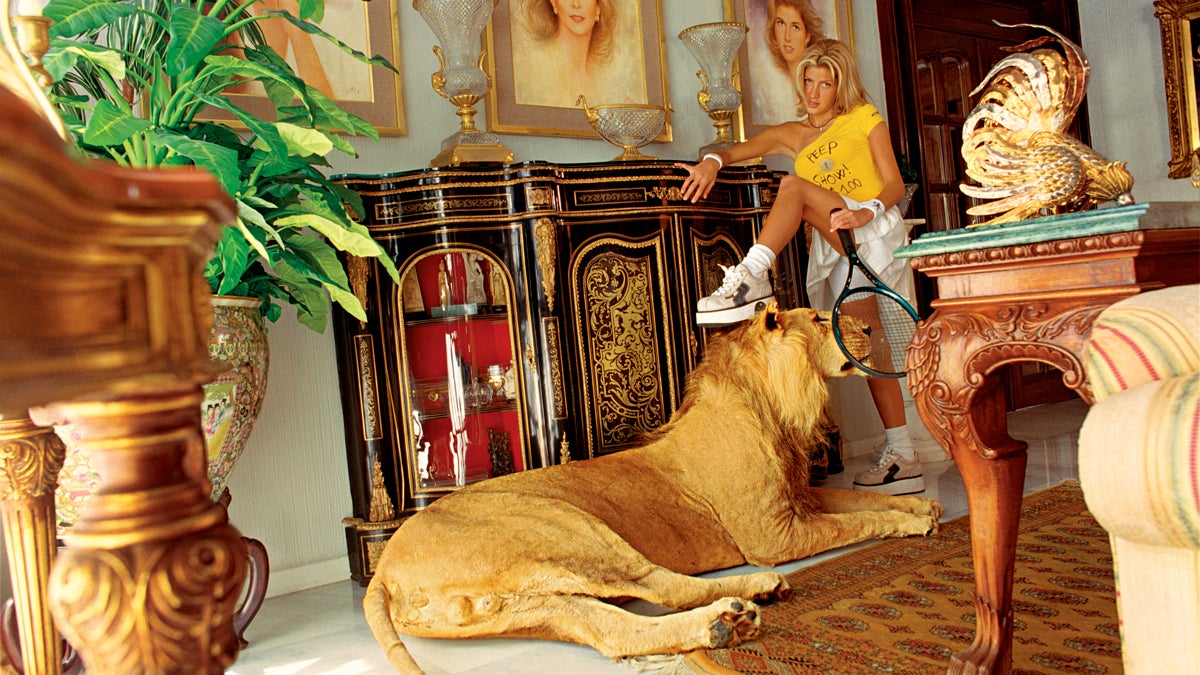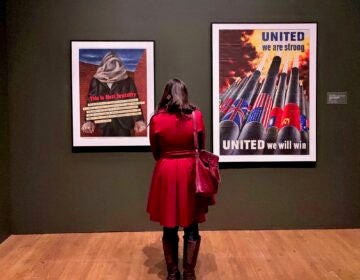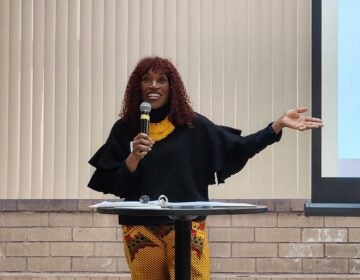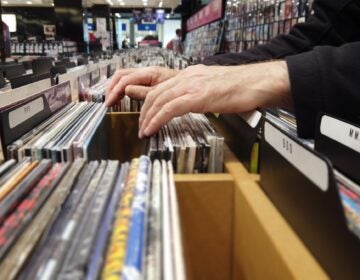Taking cues from Mexican artists of ’90s, Moore forum focuses on bolstering artist collectives

Daniela Rossell's 'Untitled 23 (Ricas y Famosas),' 1999, chromogenic print, is one of the works included in the Moore College of Art exhibit, Strange Currencies, which explores the emergence and development of experimental artistic practices in Mexico City in the 1990s. (Image courtesy of the artist and Greene Naftali, New York)
In Mexico City, the 1990s were the best of times, and the worst of times.
The country was in an economic and political tailspin, with corruption and drugs taking their toll on almost every aspect of life.
It was the waning days of PRI, a socialist party that held power for more than 70 years (it has come back to power recently). In 1985, a devastating earthquake killed 5,000 people.
“I see the 1985 earthquake as the beginning of the end for Mexico City of the ’90s,” said Kaytie Johnson, curator of “Strange Currencies: Art and Action in Mexico City 1990 – 2000,” now on view at Moore College of Art and Design. “That’s when people in Mexico really came together. Artists appropriated that and really transformed the cultural scene.”
“Strange Currencies” is a show about a particular place at a particular time. It features Mexican artists’ early attempts at conceptual art, action art, and minimalist art — practices that had developed in America in the ’60s and ’70s, but not in Mexico.
“A lot of the educational institutions were not teaching global contemporary art. It was traditional Mexican art. Artists in school wanted to know more,” said Johnson.
“Artists would travel outside to the U.S. and bring back books and exhibition catalogues, and the artists would literally share these amongst themselves and have conversations about it. They were taking on the process of educating themselves because of the failure of academic institutions to do that.”
“Strange Currencies,” a show of what Johnson calls the “B-side” of Mexican art in the ’90s, features conceptual art, action art, and video art — much of it coming from artist collectives.
It includes, for example, Teresa Margolles’ “Cards for Cutting Cocaine,” a series of laminated photos of corpses of those killed by the drug trade. The cards were then passed out at parties where Margolles would photograph people using them to cut lines of cocaine.
Margolles founded an artist collective SEMEFO (an acronym for the coroner’s office where she worked) that often performed as a death-metal band. One of SEMEFO’s pieces is also on display in the exhibition: a disinterred coffin, which works as both a Duchamp-esque readymade piece and a comment on Mexican drug cartels who would leave freshly killed bodies on display as calling cards.
The exhibition also features works more aesthetic than political. Sofia Taboas covered a wall with a grid of small carpet squares, each framed and labeled according to its industrial color. It has the dispassionate air of meticulous categorizing you find in minimalism, with a bizarre contrast between word and color.
Johnson said these works could never have been made at any other time. However, the collaborative way they were made can inform artist collectives now.
“It wasn’t mainstream institutions, or educational institutions, it was what artists were doing to transform the whole cultural scene in Mexico City,” said Johnson. “When I moved to Philadelphia, I saw connections between artist activity in Mexico City then and Philadelphia’s long history of artist-run spaces.”
Nine artists collectives in Philadelphia are hosting collectives from other cities this weekend. They will hold a public forum at Moore College called “Alternative Currencies,” to swap ideas about running an artists’ space.
WHYY is your source for fact-based, in-depth journalism and information. As a nonprofit organization, we rely on financial support from readers like you. Please give today.





